FUNDING CUTS IMPACT CT HUMANITIES: Help CT Humanities navigate recent funding cuts and continue our vital work across Connecticut. All donations made to CTH will be matched dollar-for-dollar up to $50,000. Donate today!
Now Viewing:
Danbury
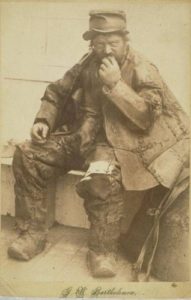
The Old Leatherman Alive in Our Memories
This enigmatic, solitary figure has captured the public imagination since the mid-1800s when he began walking a 365-mile interstate loop over and over again.
Read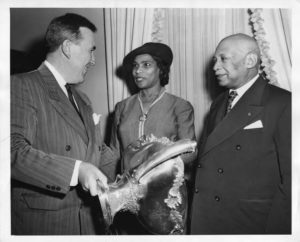
Marian Anderson’s Role in the Civil Rights Movement
Marian Anderson performed and traveled in segregated spaces and emerged as one of the great singers of the 20th century.
Read
A Voice for Veterans: A Civil War era ‘Whistle-Blower’ – Who Knew?
Her obituary stated that “Mrs. Ambler was always expected to say something” on behalf of those who had fought for the Union.
Read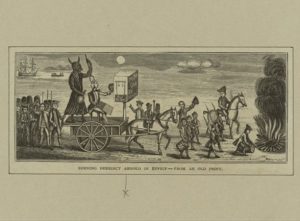
Benedict Arnold: America’s Most Famous Traitor
Benedict Arnold of Norwich was one of the great Continental army heroes of the American Revolution before committing treason and joining the British army.
Read
Frozen Reservoir Destroys Danbury – Today in History: January 31
On January 31, 1869, Danbury’s Kohanza Reservoir froze.
Read
Danbury Hangings: The Executions of Anthony and Amos
The executions of Anthony and Amos Adams in Danbury speak to the fears and racial tensions prevalent in early American culture.
Read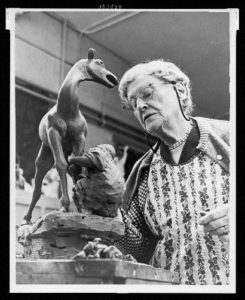
A Celebrated Artist and a Meaningful Space – Today in History: October 20
The Danbury Museum & Historical Society’s Huntington Hall honors the memory of a famed US sculptor, Anna Hyatt Huntington.
Read
The Great Danbury State Fair & Early 20th-Century Outdoor Advertising
In 1909, the Danbury Agricultural Society called attention to its upcoming fair in a most creative manner.
Read
The Danbury Hatters
References to the hat making industry abound in Danbury and continue to shape much of the city’s identity today.
Read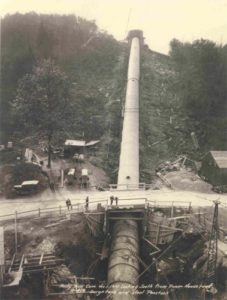
Creating Candlewood Lake – Today in History: July 15
Candlewood Lake was the first large-scale project in the United States to employ the concept of a pumped-water storage facility.
Read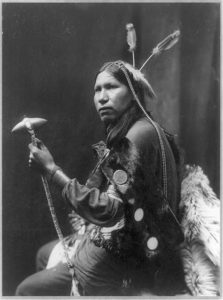
Rediscovering Albert Afraid-of-Hawk
While performing with one of Buffalo Bill’s Wild West shows in Danbury in 1900, Albert Afraid-of-Hawk, or Cetan Kokipa, died.
Read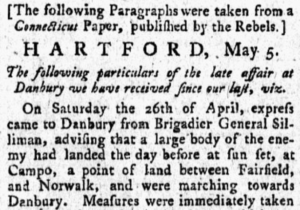
The Burning of Danbury
In April of 1777, British forces under Major General William Tryon led a raid on patriot supplies stored in Danbury, Connecticut.
Read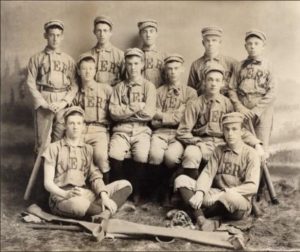
Danbury Baseball History Covers All the Bases
From the hometown teams to the 1903 World Series, Danbury has surprising connections to America’s favorite pastime.
Read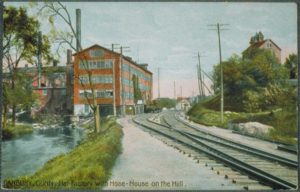
Rivers of Outrage
Pollution of Connecticut’s waters by industrial waste and sewage in the decades after the Civil War was arguably the state’s first modern environmental crisis.
Read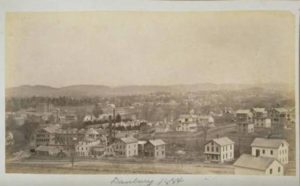
Ending the Danbury Shakes: A Story of Workers’ Rights and Corporate Responsibility
Despite the known dangers of prolonged exposure to mercury, the hat-making industry was slow to safeguard workers against its toxic effects.
Read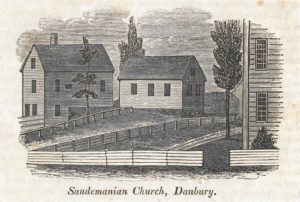
The Sandemanians
The Sandemanians of Danbury were a semi-communal sect whose local influence outweighed its tiny numbers.
Read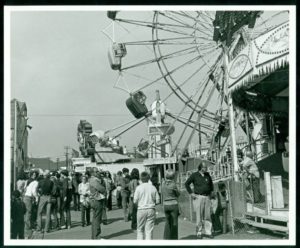
The Danbury Fair, 1869-1981
For almost a century the Danbury Fair thrilled people from near and far. First showcased for its agricultural achievements, it later hosted a number of popular attractions including rides, races, and entertainment.
Read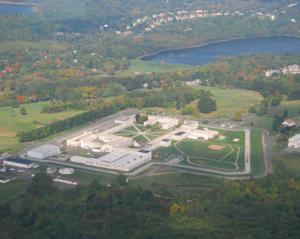
Danbury Prison Protest – Today in History: August 11
On August 11, 1943, conscientious objectors and other prisoners staged a 135-day hunger strike to protest racial segregation in the Danbury prison’s dining hall.
Read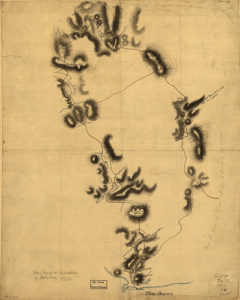
The British Attack Danbury – Today in History: April 25
On April 25, 1777, British forces land at the mouth of the Saugatuck River with plans to attack Danbury.
Read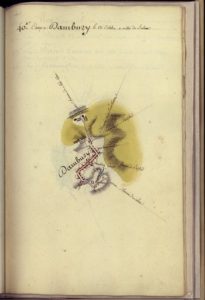
Map – Rochambeau’s Camp at Danbury
This map, “Camp a Danbury le 23 Octobre 11 milles de Salem,” is a page from the manuscript atlas Amérique Campagne 1782.
ReadMore Articles




